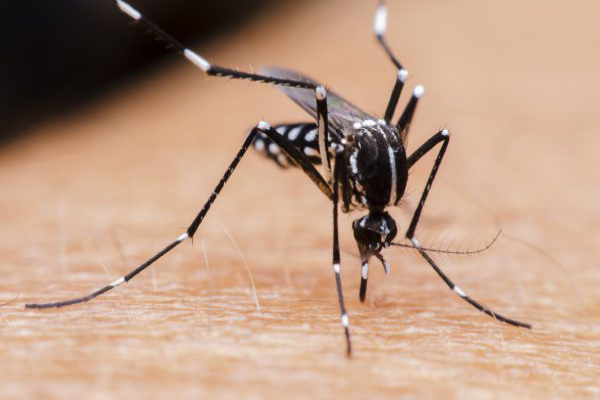
Mosquito Joe explains how mosquitoes and ticks transmit diseases.
|
Mosquitoes and ticks probably affect your camping and picnic plans during their most active seasons. These pests have also influenced world events and altered the course of human history by spreading deadly diseases to millions of humans. These diseases are spread by unique biological traits shared by mosquitoes and ticks.
What Is Vector-Borne Transmission?
Vector-borne diseases are those that are transmitted by an organism (the vector) from one animal to another. Certain species of arthropod insects, including mosquitoes and ticks, are common vectors. These insects have evolved to consume and process blood to survive. They can metabolize blood but not certain viruses that may be present in their host animals. This makes mosquitoes and ticks high-risk disease vectors.
Other sources of vector-borne transmission include certain parasites, bacteria, and other viruses.
Vector-Borne Transmission, Past, and Present
These diseases have played an outsized role in human history. Lice brought Napoleon to a halt in Russia and contributed to the spread of the Black Death. Today, mosquitoes cause the most destruction. In 2021, more than 627,000 people died of malaria, a disease spread primarily by mosquitoes. Mosquitoes also spread dengue, a viral infection that results in fever. According to WHO, more than 3.9 billion people are at risk of contracting the disease.
Ticks are a threatening vector too. In the US, roughly 20,000 to 30,000 people contract Lyme disease per year. The disease is widespread across North America, and the tick population can be up to 50% infected with Lyme, depending on where you live.
Related Topic: Do All Ticks Carry Lyme Disease?
How Are Mosquito-Borne Diseases Spread?
Mosquitoes spread disease by biting. Every annoying mosquito bite expels a small amount of mosquito saliva and exposes the victim to the viral load present in the mosquito from previous bites.
Disease spread is more likely in areas with higher mosquito populations. Environmental factors impact mosquito populations, which rely on warm, humid climates. Climate change has affected where mosquitoes live, with warming global temperatures expanding their territory and exposing more communities to the risk.
Today, the West Nile virus is the most common mosquito-borne disease in the US, followed by rising cases of dengue, chikungunya, and Zika virus.
How Do Ticks Spread Disease?
Like mosquitoes, ticks spread disease by injecting a small amount of saliva into their victims whenever they bite. Tick saliva includes a numbing chemical that can make it hard to feel their bite. Ticks can stay attached and feed for several days, which is why it’s important to inspect exposed skin and wear the right clothing when spending time in tick habitats.
So, how do ticks get Lyme disease in the first place? Lyme disease is caused by a bacterium called Borrelia burgdorferi. This bacterium is common in woodland mammals like deer and mice and can be found in livestock as well. Ticks, like mosquitoes, aren’t the source of diseases, but they’re exceptionally dangerous vectors, due to their mobility and growing habitats.
Keeping Your Family Away from Mosquitoes and Ticks
By following basic precautions to prevent mosquito and tick bites, as well as having your property treated for biting insects, you can greatly reduce the risk of contracting insect-borne diseases. Trust Mosquito Joe to bring your family additional peace of mind before your next backyard barbecue. Call us or request a quote today!
